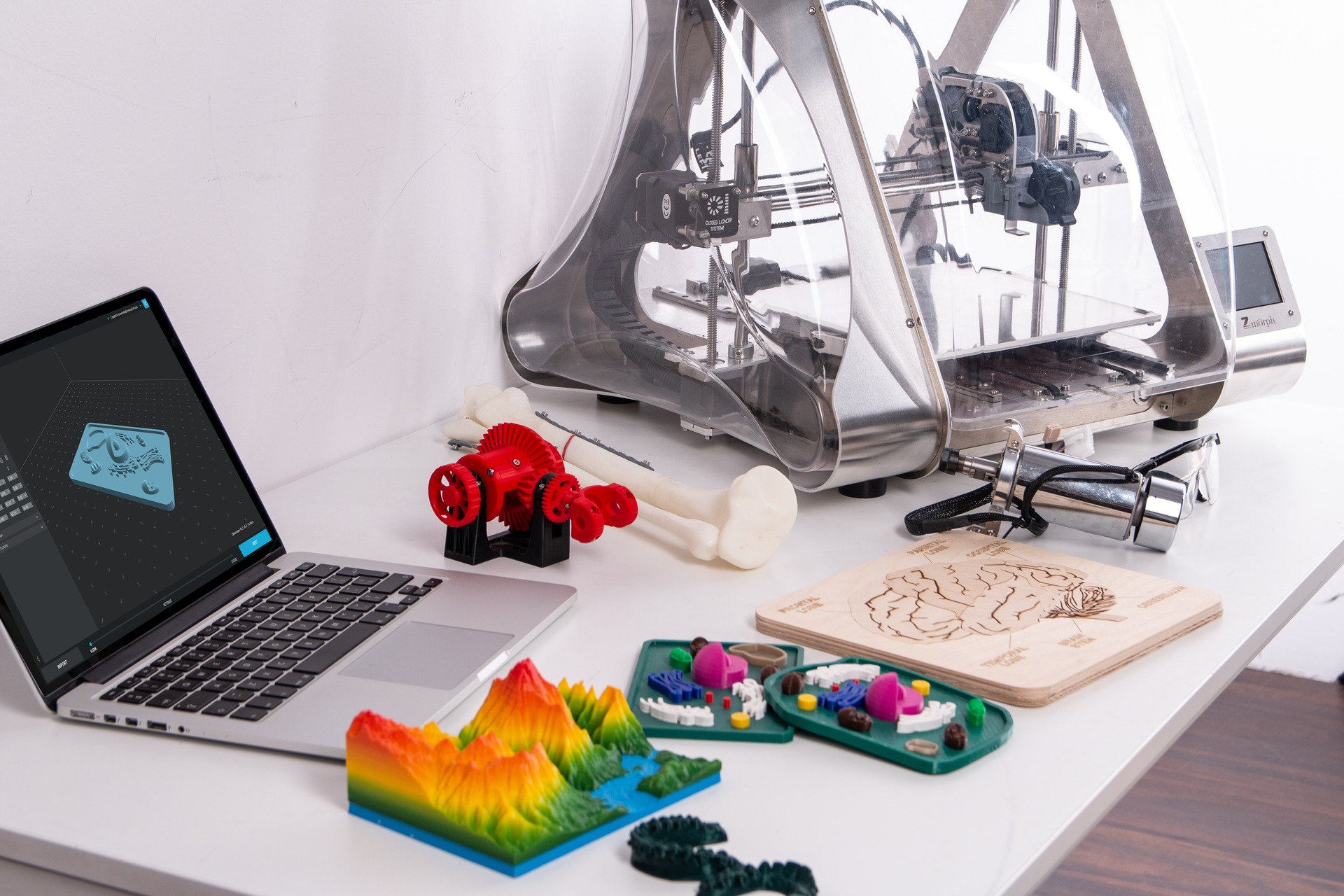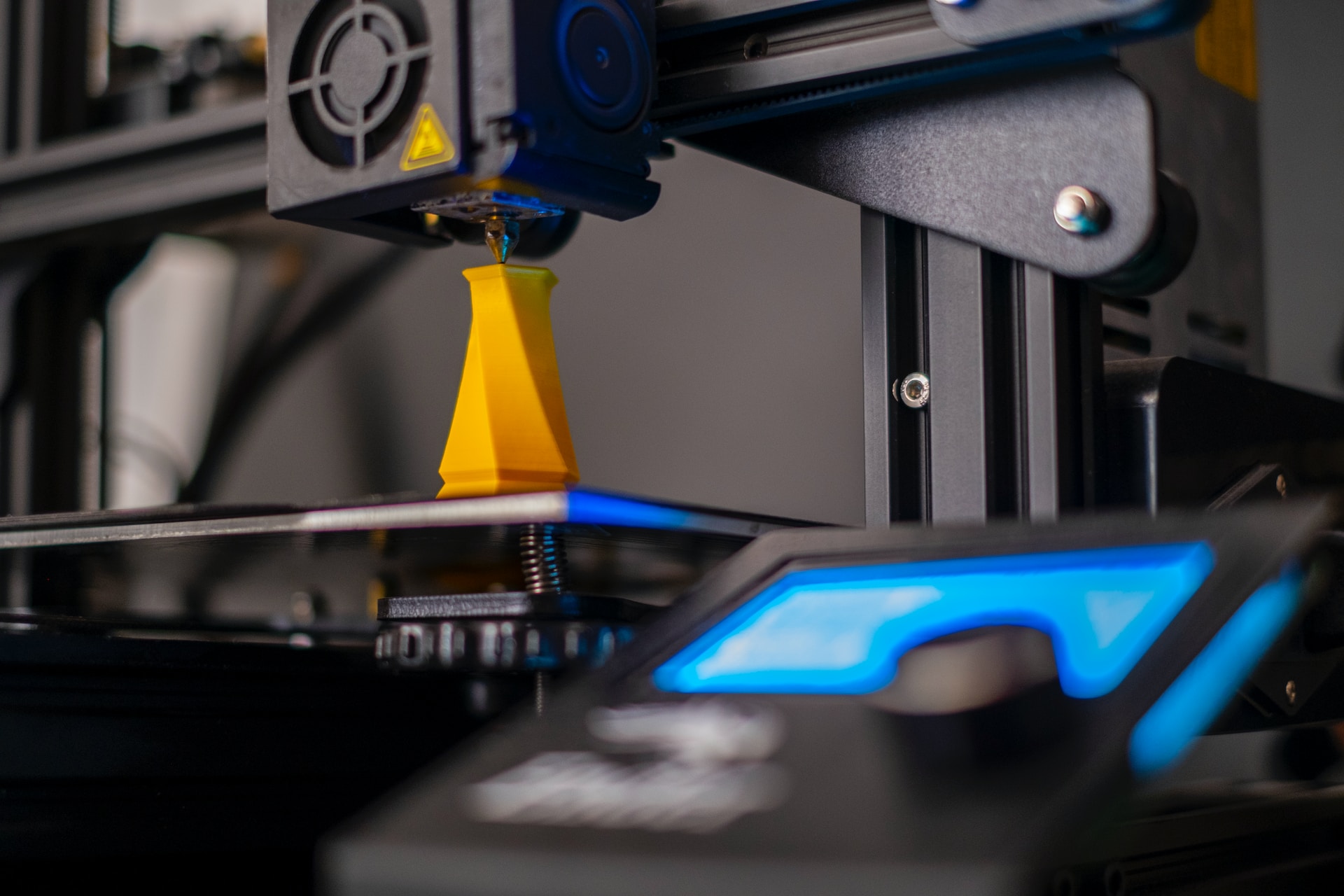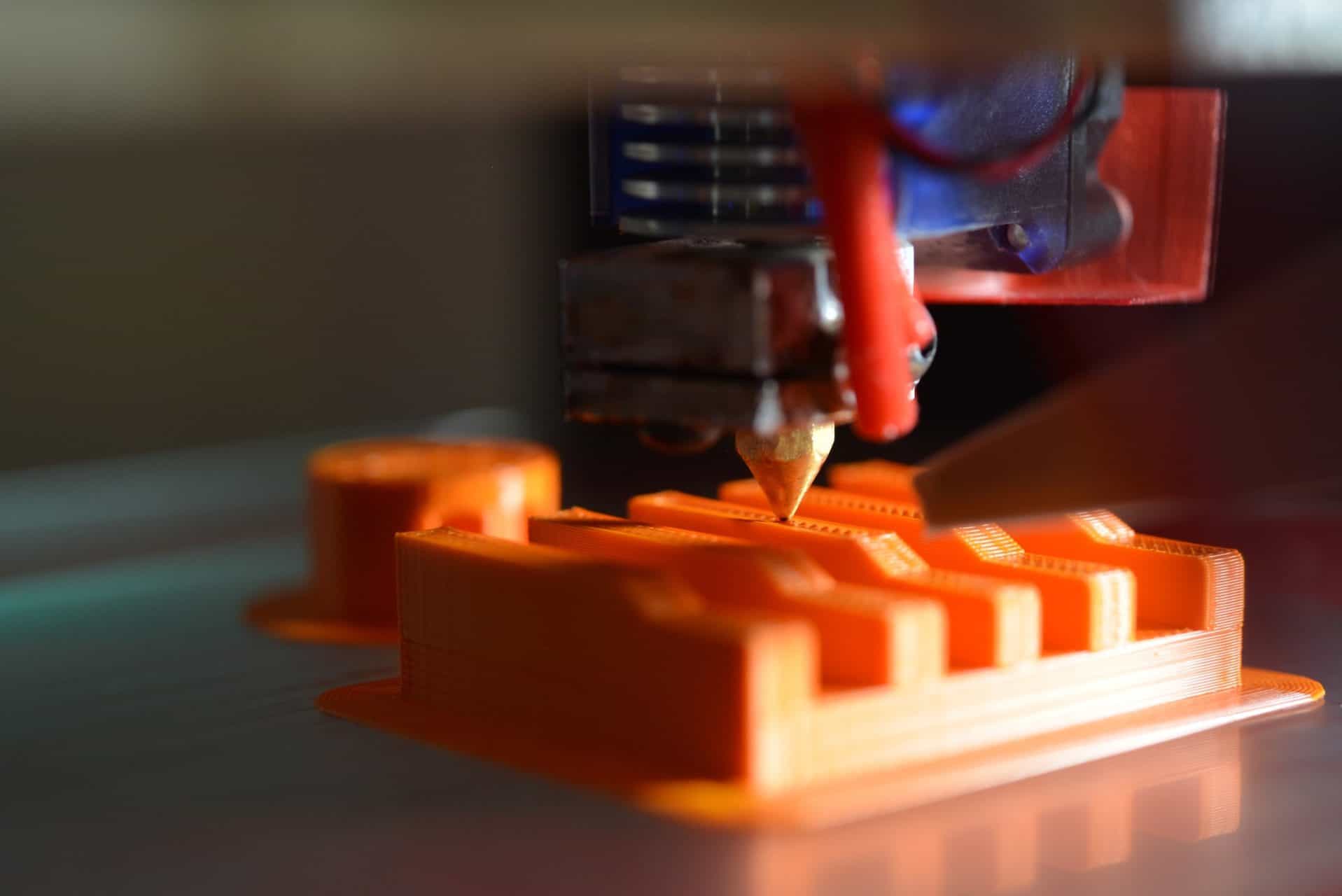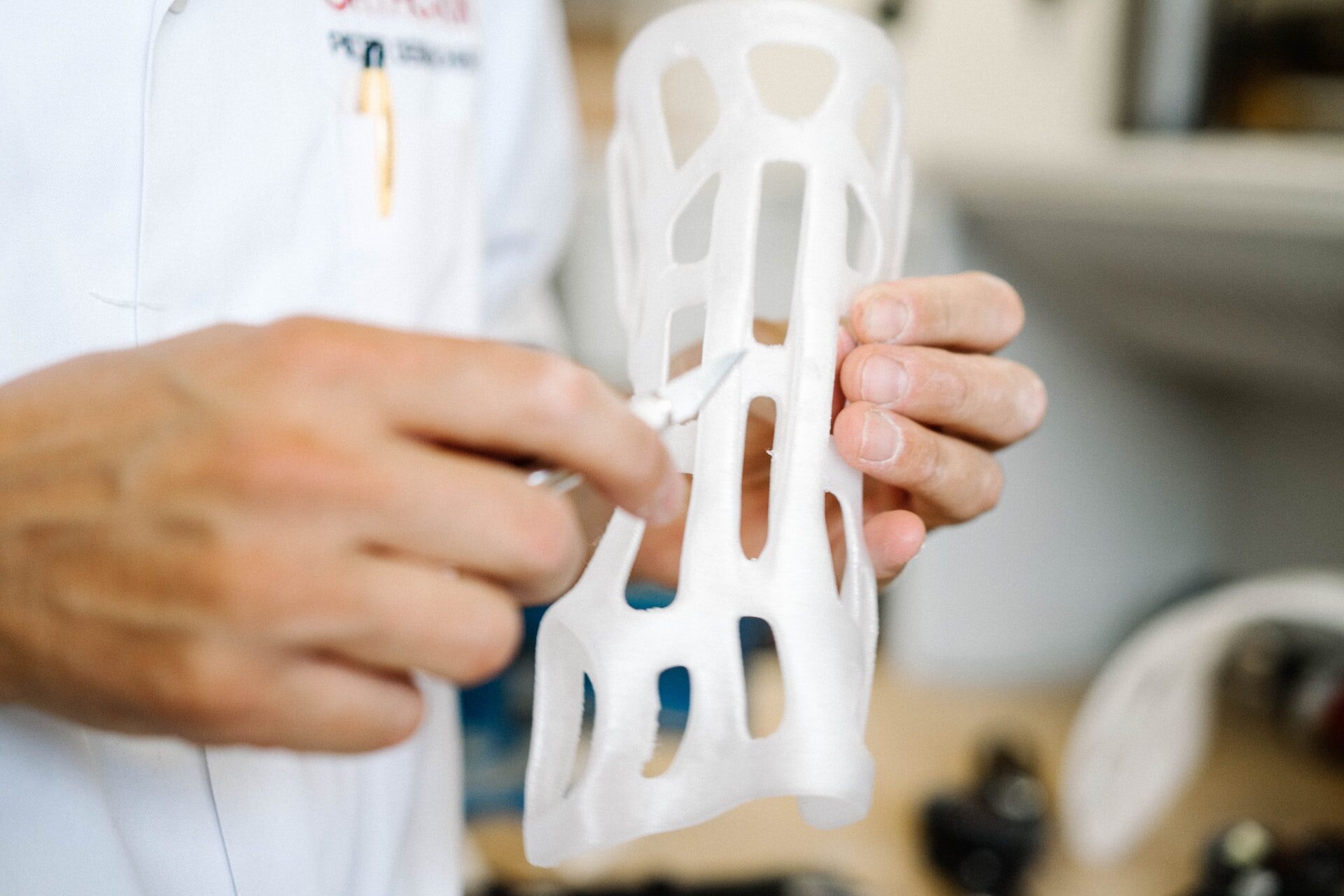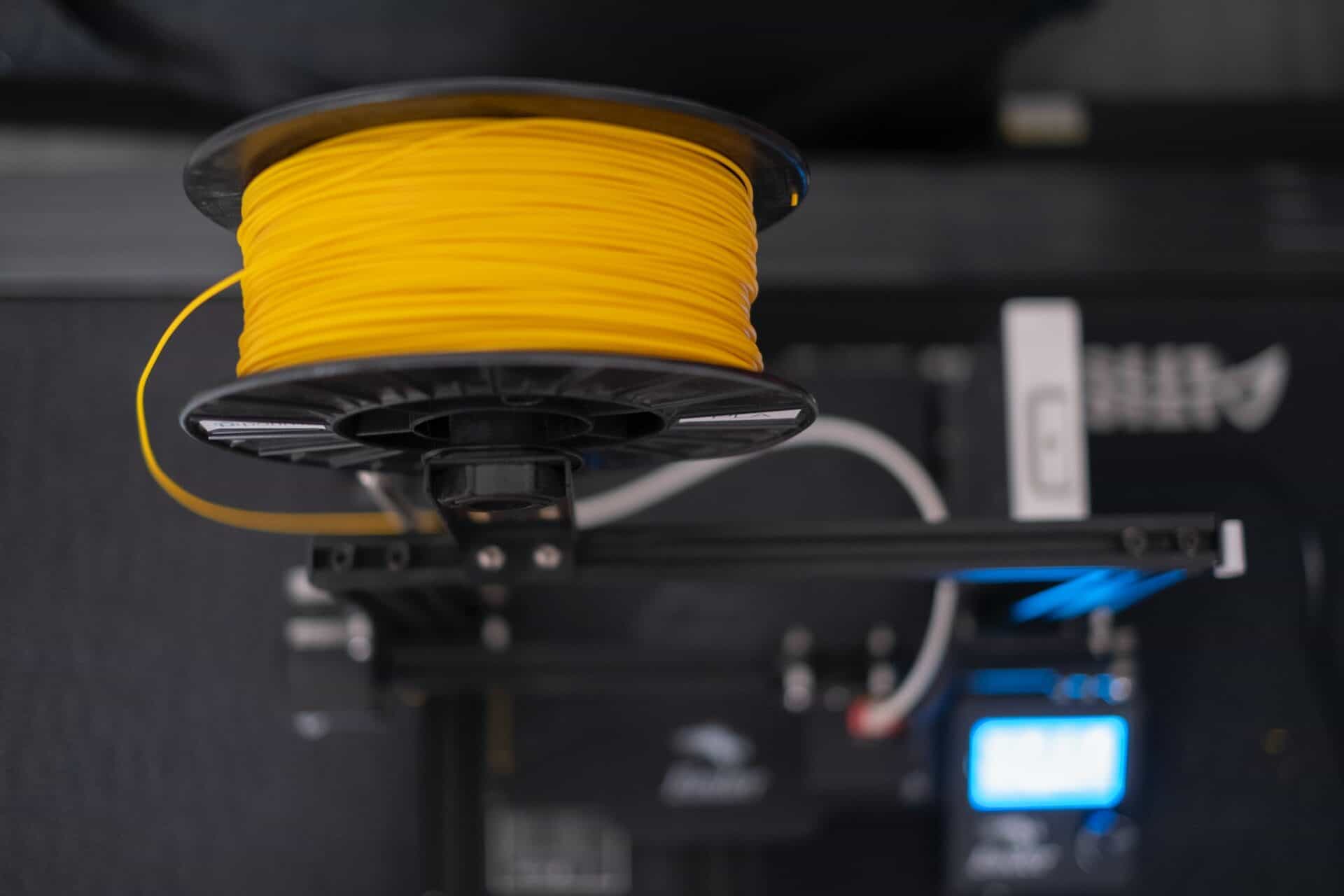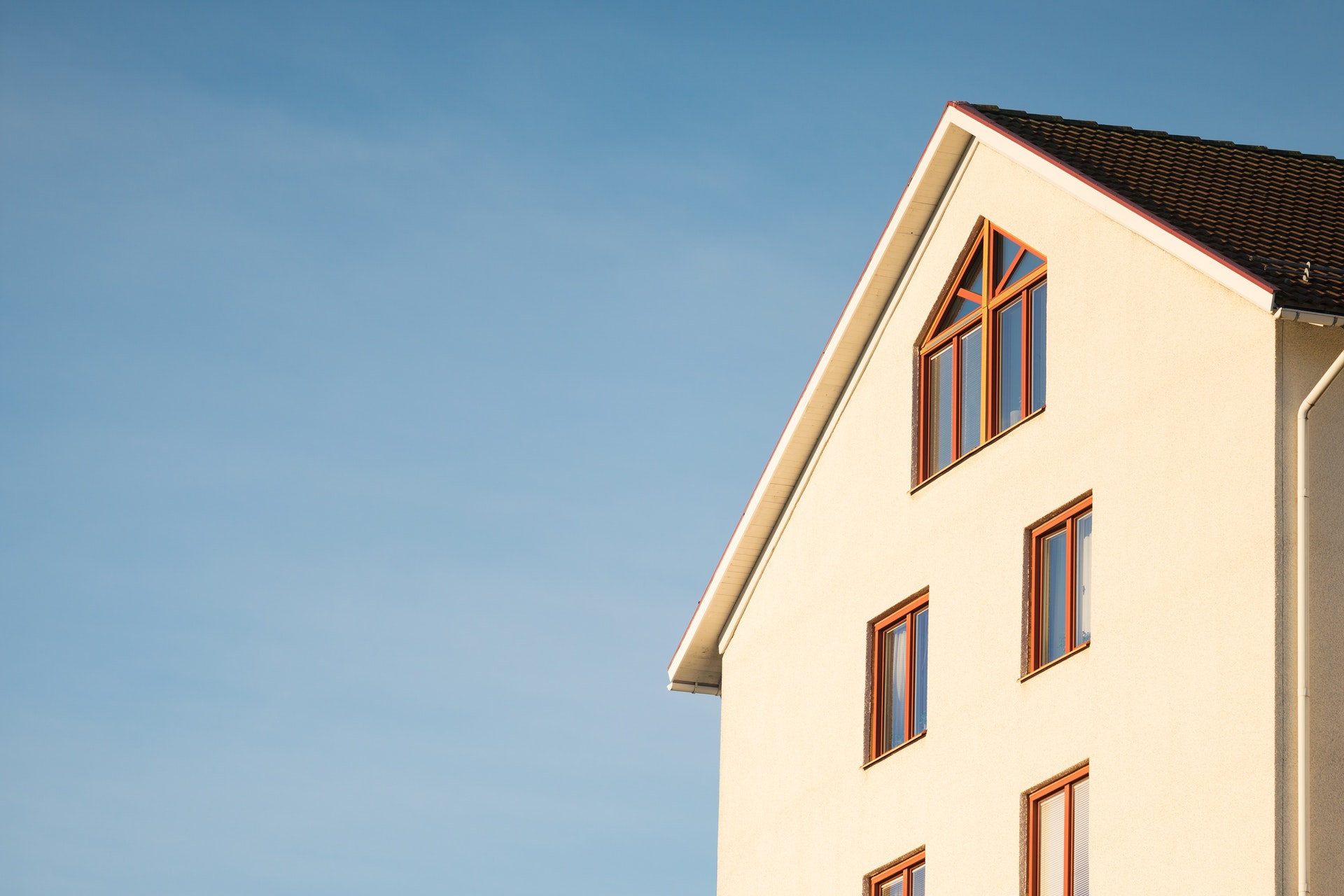
3D-Printed Buildings Are Changing Our World
March 26, 2021 - Emily Newton
Revolutionized is reader-supported. When you buy through links on our site, we may earn an affiliate commision. Learn more here.
Building construction typically requires months or even years of work. However, advances in additive manufacturing brought about progress in 3D-printed buildings. These structures go up in a matter of days, often for much cheaper than conventional construction projects.
These innovative structures could tackle longstanding challenges while making real estate more affordable and accessible. Here are some thought-provoking examples of why 3D-printed buildings may be game-changing.
Making Housing More Affordable
Many people dream of becoming homeowners. However, they may soon realize that factors such as their income and where they want to live make their hope a seemingly impossible goal. Numerous companies specializing in 3D-printed residences intend to change that.
A startup called Mighty Buildings uses a proprietary thermoset composite substance called Light Stone Material. It also combines 3D printing, prefabrication and robots to automate the vast majority of the construction process. Its homes start at $304,000, but similarly priced structures cost upwards of $1 million in some parts of the United States.
In another example of how 3D-printed buildings offer more affordability, a home made that way recently appeared on the real estate website Zillow. Its price was 50% less than comparable newly constructed abodes in the area.
These kinds of 3D printed buildings are not yet mainstream. However, as people experience more difficulties finding residences that fit their budgets, they’ll likely become more popular and well-known.
Giving Kids Places To Learn
People rightfully argue that learning can occur anywhere and at any age. At the same time, many experts agree that communal environments like schools give children opportunities that may not exist at home or through informal education. Creating 3D-printed buildings that become schools could help students thrive among peers.
A nonprofit organization called Thinking Huts specializes in that approach. A current project involves creating the world’s first 3D-printed school. The four-acre site in Madagascar will feature classrooms for classes from preschool through high school. The project also includes housing for teachers, and maybe students, too.
The beehive-like design for the pilot building features walls doubling as vertical gardens. Designers will also incorporate locally sourced materials into the structure and ensure it features plenty of natural ventilation.
The Thinking Huts team wants to create one of these 3D-printed buildings in every community that does not have a place for learning. That’s an ambitious goal, but one that additive manufacturing could facilitate.
Assisting Vulnerable Populations
People are also interested in using 3D-printed buildings to help at-risk society members or those without safe accommodations. For example, many homeless shelters lack the space to serve all those that need them. Relatedly, those organizations often struggle to secure funding for expansions. Plus, people who benefit from organizations that help the homeless often have trouble finding suitable housing once their circumstances stabilize.
The efficiency and growing availability of 3D printing could make it an excellent technique for temporary, emergency or other kinds of housing for vulnerable people. For example, a graduate student developed a structure for refugees called the Modushelter. Besides using 3D printing to construct it, he developed a design that people could easily take apart and transport to different places if needed. That setup could work well for continuing to meet a person’s needs as their situation improves.
Another example of how 3D-printed buildings help people in need comes from Austin, Texas. In 2018, a startup called ICON captured attention for its 3D-printed home built for $10,000 and finished in less than 24 hours. A couple of years later, the business put that concept into action by building six 3D-printed homes for Austin’s Community First Village.
It provides permanent houses and social services to formerly homeless people in the city. The 400-square-foot abodes all have a bedroom, bathroom, living room, full kitchen and porch. Building these structures required using a 2-ton, 11-foot-tall 3D printer that works with a proprietary concrete mixture. However, that huge machine paid off because it printed three houses’ walls at once, speeding up the process.
Lawmakers and ordinary society members are progressively more aware that policies cannot continue ignoring the most in-need community residents. However, speedily built and low-cost 3D-printed buildings like those mentioned here could bring much-needed positive changes.
Helping Businesses and Organizations Gain Prominence
Most of the 3D-printed buildings created so far are relatively small structures intended for one person. However, the United Arab Emirates enjoys the significance of the first commercial structure constructed that way. It’s the Dubai Future Foundation, a government organization that trains people in emerging technologies and forges relationships with public and private partners.
The structure required half the workers that an ordinary building of its size would need. It measures 20 feet high, 120 feet long and 40 feet wide. Moreover, the printing phase of the project occurred in 17 days. Beyond that, people worked for three months to complete the interior design phase.
Dubai’s leaders want the city recognized as the most innovative place. It’s no surprise, then, that the first 3D-printed commercial building appeared there. The structure is an instant conversation starter that lets people witness the output of technological advancements as soon as they walk inside.
Business leaders worldwide continually try to get their companies recognized for all the right reasons. Since 3D-printed buildings are still relatively new, they could help a company gain a reputation as innovative and eager to embrace technology’s possibilities.
A 3D-printed building could also set a company apart when it hires new employees, especially if the business is a tech-centric one. Candidates would see that the enterprise takes technological advancement seriously.
Stopping the Spread of COVID-19
Since the COVID-19 pandemic originated in China, people looked to that nation to learn early lessons about responding to the crisis. As researchers learned how easily the virus could spread, it soon became clear that curbing it meant keeping suspected or confirmed cases isolated.
In Xianning, a city in the Hubei Province, a project involved 3D-printed buildings used for quarantine. The company that took part in the project created the walls of 15 buildings in only 24 hours. Moreover, it showed the flexibility that 3D-printing offers. The business originally developed these structures for the tourism sector, making them suitable for deployment anywhere. However, with vacationing largely halted due to the virus, these printable buildings got a new use during urgent circumstances.
The structures feature recycled materials that are reportedly twice as strong as conventional concrete. Additionally, they have a bed and bathroom facilities, plus air-conditioning. They also fit up to two people at once.
The leaders of numerous countries — especially European ones — have introduced or strongly considered mandatory quarantine measures for people traveling from nations where the new virus variants are active and regularly detected. 3D-printed buildings like these could provide temporary accommodation for people during their quarantines. The hotel industry will likely play a significant role in assisting, too. However, relying on that sector, along with 3D-printed structures, could deal with any possible problems stemming from a lack of space.
3D-Printed Buildings Present New Opportunities
These fascinating examples show that it’s time to start thinking differently about construction. People should no longer view it as a time-consuming and costly process. It often does have those characteristics, but advancements in 3D printing mean that the necessary buildings are now faster to make and cheaper, too.
The real-life projects mentioned here should also get people thinking about other structures that people may construct with 3D printers someday soon. Might we eventually buy printed sheds and barns? Consider an example where an adult child decides it’s best to have their parent move in with them for safety due to the older person’s worsening troubles with balance and memory. In that case, there could be a smaller home built on the property in a matter of days.
As people continue experimenting with 3D printing’s potential, people should expect to see a wider variety and greater number of buildings made that way. Moreover, when designers strategically choose eco-friendly materials, their forward-thinking initiatives support the Earth’s sustainability, too.
Revolutionized is reader-supported. When you buy through links on our site, we may earn an affiliate commision. Learn more here.
Author
Emily Newton
Emily Newton is a technology and industrial journalist and the Editor in Chief of Revolutionized. She manages the sites publishing schedule, SEO optimization and content strategy. Emily enjoys writing and researching articles about how technology is changing every industry. When she isn't working, Emily enjoys playing video games or curling up with a good book.
